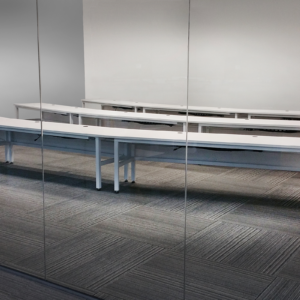Multiple Factors are Driving up Shipping Costs
What’s going on with shipping? We hear this question a lot right now. Not only is everything more expensive, it’s getting harder to book space with freight companies. Here is a quick rundown of the problems many manufacturing companies are experiencing right now.
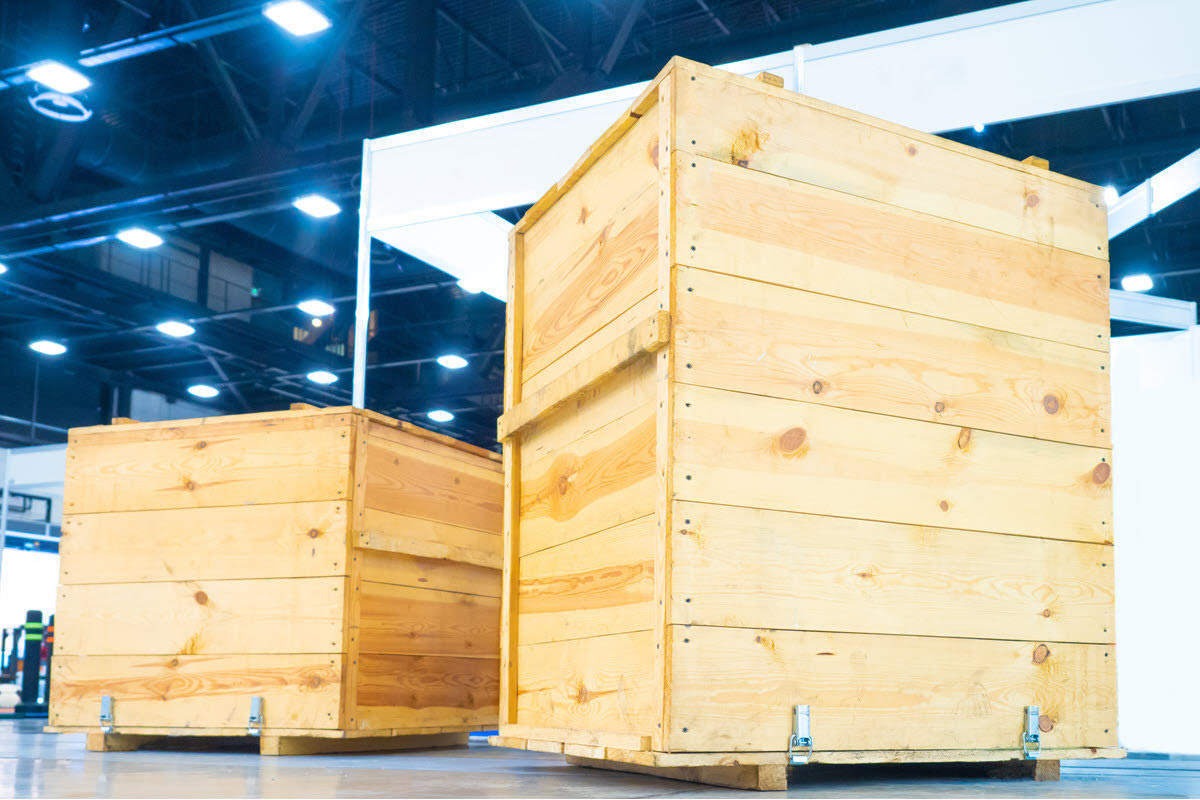
Everything is Booked
With a resurging post-pandemic economy with record low unemployment combined with energy price shocks fueled by the Russian invasion of Ukraine, it’s no wonder we are seeing levels of high inflation not seen since the 1980s.
But for 3PL companies, brokers, and freight forwarders, trying to negotiate a lower shipping rate is nigh impossible at the moment. Indeed, for many shippers, higher prices may not be the biggest concern. Getting a shipment booked, at any cost, can be the top challenge.
On the other hand, now is a good time to be an ocean cargo company. Consolidation has helped drive up record profits, something the Biden administration is seeking to address (More on this later).
Port of no Return
While concerns over Covid have faded across the US, China continues to peruse a 100% virus containment policy. This has resulted in shutdowns in major port cities, including Shanghai and Hong Kong, causing major logistics disruptions around the world and keeping prices at record highs. Meanwhile, many US ports are still backed up (with worse delays expected), yet there is little effort to expand logistics operations – the Bay Area city of Oakland is even planning a ball park that would encroach on its port operations.
Cargo Ship Blues
Port disruptions have led to containers being in the wrong place at the wrong time, leading to spot shortages and record prices – and opportunistic fraudulent operators, so beware! Meanwhile, Russia has been accused of shooting at Turkish maritime shipping in the Black Sea; contaminated bunker oil hobbled nearly 100 ships in Singapore; Dubai-owned P&O ferry services in the UK were forced to shut its high-frequency channel service over Easter after firing 800 UK-based sailors; some liners are banning transport of used EV vehicles due to repeated fires on board; and the same Taiwanese carrier that blocked the Suez canal has grounded another cargo ship in Chesapeake Bay.
Can’t Keep on Trucking
The persistent shortage of truck drivers is well known and continues unabated, despite some initiatives by the Biden administration to ease the shortage. Low unemployment rates are also making it more difficult to staff warehouses and distribution centers around the country. Meanwhile, Texas Governor Greg Abbot issued an executive order to require individual inspections of truck traffic crossing from Mexico into Texas, resulting in hours or days-long delays – resulting in spoiled fruits and vegetables destined for grocery stores in Texas and across the southwest.
Air Freight Surges
With all the troubles on the ground, it’s no wonder that more and more shippers are choosing air freight services despite the increased cost. Air freight was a bright spot for the airline industry as a whole during Covid, serving up sizeable profits for some cargo carriers. But now, we are facing a tricky transition period as scheduled service airlines welcome back passengers and ending the practice of strapping parcels to airline seats. And thanks to the Russian war, some specialized shippers who normally transport extra-large cargo via air will have to come up with new strategies, as the Russians have shelled Ukraine’s fleet of giant Antonov cargo planes, destroying them on the ground.
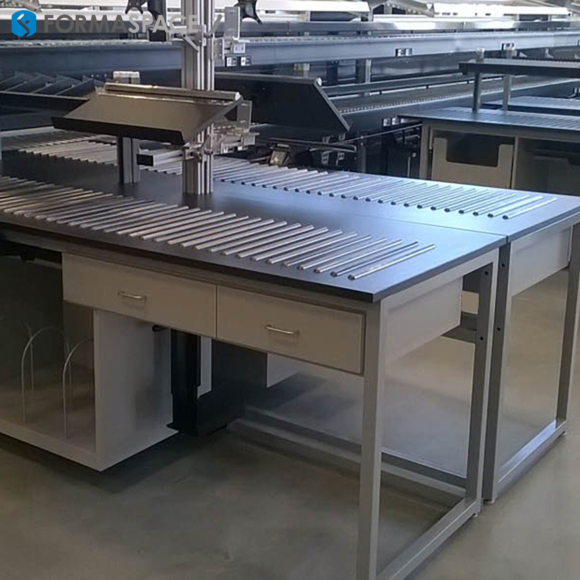
Short Term Solutions for Manufacturers Seeking to Reduce Shipping Costs
If you are a manufacturing company, what can you do in the short term to reduce shipping costs?
Given the factors noted above, many shippers say the tried-and-true approaches of shopping around and negotiating for better rates just aren’t working anymore.
Timing Your Shipments: Is a Self-Correction in the Cards?
One question weighs heavily on the minds of every supply chain expert: will things ever get back to normal quickly, or will they continue to get worse. In other words, should you speed up production and ship as much as possible before costs increase further, or hold back and wait for a correction. The crystal ball is cloudy, but thanks to Covid troubles in China, higher energy prices, and increased interest rates, we may be seeing early signs of a slowdown in consumer demand and US manufacturing next. If we have a recession, this would help ease the cost of shipping, but not in a way that helps anybody, especially manufacturing companies.
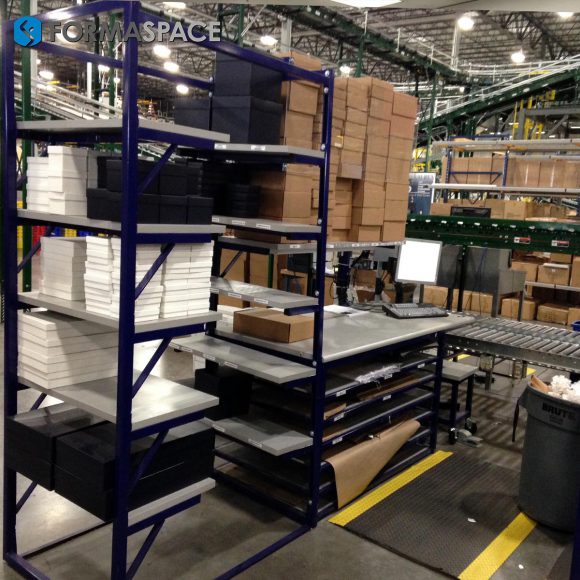
New Mantra: Fill Every Container to the Brim
Leave no container unfilled! That’s the new watchword in logistics. Right now, it behooves manufacturers seeking to figure out a way to fill full truckloads (TLs) rather than ship partial (LTL) loads, which are more expensive and prone to get tied up in delays during transfer stops at understaffed warehouses. Brokers, 3PL firms, and online services are also stepping in to help companies partner up to fill containers.
Micro-Fulfillment Centers (MFCs), Pop-Up Fulfillment, and Hyperlocal Warehouses
Remember all those same-day delivery services that sprung up during the pandemic to bring take-out food and groceries to consumers isolated at home? With consumers returning to restaurants and retail outlets, these delivery companies are now seeking new business opportunities for their small hyperlocal warehouses (also known as Micro-Fulfillment Centers, or MFCs) and last-mile delivery services – making them a possible new option for some of your delivery requirements. Bigger companies are also now emulating this micro-fulfillment business model approach (Kroger plans to service local restaurants with food service offerings) with their own logistics, even creating temporary (aka Pop-Up) fulfillment centers to handle peak season operations, such as at Christmas.
Hybrid Shipping Can Save Money
Remember back in the old days (in the 2000s!) when FedEx, UPS, and the USPS competed for your business? Sure, they still do, but UPS SurePost and FedEx SmartPost are hybrid ground-based transportation offerings that have become mainstays for frugal shippers over the last decade. Packages are picked up and managed by UPS or FedEx but get transferred to the USPS for the last mile delivery. It may be slower, but it saves money and might be a good option for your company.
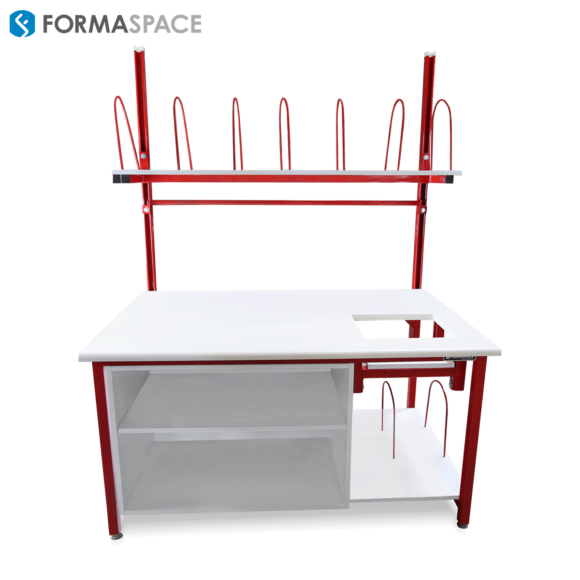
Bring Some Shipping Functions In-House
Bigger companies are addressing the high cost of shipping by bringing more functions in-house. For example, the German discount grocer chain operator Lidl has acquired four panamax-class container ships to help take control over its sea freight operations. Meanwhile, E-commerce pet supplies giant Chewy is bringing the middle-mile truck transportation in-house as a means to reduce transportation costs and avoid supply disruptions. But finding workers remains a challenge; Amazon is targeting high school students to work in its warehouses upon graduation, and Walmart is offering $110,000 starting pay to recruit truck drivers.
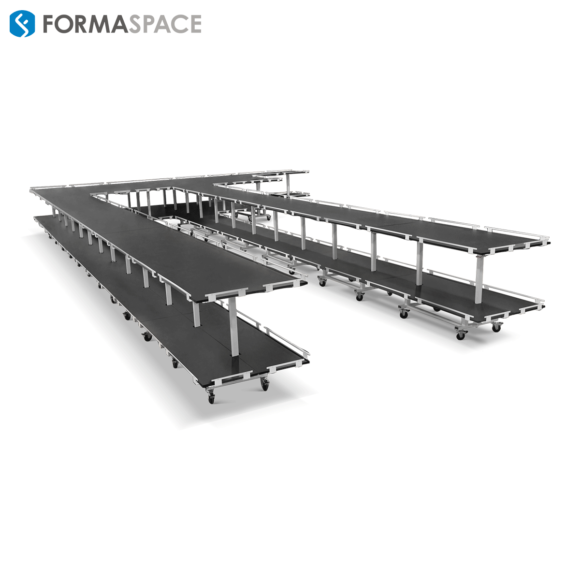
Track Shipments in Real-Time
It’s always been a best practice to keep track of shipments, but many companies, such as Toyota, are doubling down on more sophisticated real-time tracking systems to get greater visibility and insight on costs and delays. Freight companies such as Lufthansa and airports like Frankfurt are investing in software to speed up operations, while the Norwegian-Swedish shipping giant Wallenius Wilhelmsen is investing in blockchain technology to track shipments. Shippers are also looking at ways to incorporate AI-based monitoring to keep tabs on vast, complex logistics operations. Finally, those who lack massive surveillance budgets can turn to Apple Air-Tags to secretly track shipments and identify undisclosed delays.
Fuel and Shipping Cost Surcharges
Who is going to pay for the increased cost of fuel and shipping? Unfortunately, if you are using Amazon as your fulfillment provider, the answer is you are. Amazon has announced a 5% “fuel and inflation surcharge” to its third-party sellers using its fulfillment services. This is a trend affecting many other companies, from apparel giant Asos, which was hit by unexpected shipping fees, to companies such as FedEx, which is imposing new surcharges on customers. Will you be able to charge a new fee to your customers, or will you be subject to these new surcharges yourself? Time will tell.
Revise SKU Offerings for More Efficient Shipping
During the pandemic, many packaged food manufacturers who could not source raw materials elected to simplify their product offerings by dropping specialty items in favor of mainstay products. We haven’t seen the last of this strategy, as now companies are looking to rationalize their product offerings in favor of gaining control over rising shipping costs. In some cases, this means promoting SKUs that are less costly to ship in favor of other products. For example, at Formaspace, our modular furniture products can be shipped broken down into flat packs for more efficient and cheaper shipping costs for our clients.

New Rules Seek to Regulate Monopolistic Pricing Practices
There is increased pressure in Washington to do something about higher shipping costs, and the Biden administration has been looking at whether consolidation amongst the biggest companies has helped drive up prices. To help reduce the cost of imported oil, the Biden administration is considering case-by-case waivers to the Jones Act, allowing foreign ships to transport petroleum. Meanwhile, in Congress, the Senate passed The Ocean Shipping Reform Act, which will seek to remove antitrust immunity and empower Federal Maritime Commission (FMC) to act in cases where shippers are using unfair trade practices. The bill needs to be reconciled with a similar one passed by the House, and a final version is expected to be signed into law later this year.
Longer-Term Solutions that Could Ease the Cost of Shipping for Manufacturing Companies
What about the longer horizon? What programs could you start implementing now that would realize greater savings in shipping costs in the years to come?
New Orders for Freight Equipment
One solution is that increased capacity is coming. The market is already responding to the shipping crisis with a strong uptick in new orders for air freighters, container ships (including LNG carriers), shipping containers, and trailer trucks. These won’t have an immediate effect, of course, but over time should help ease the high cost of shipping.
Reorganize the Company around Supply Chain Functions
Some companies, such as Brown-Forman, makers of famed Jack Daniel’s whiskey, have concluded that supply chain operations are so central to their success that they are reorganizing their entire management structure around logistics functions to drive efficiency in supply chain operations, warehousing operations, and shipping.
Redesign Products for More Efficient Shipping
We mentioned earlier that companies are looking at reconfiguring their product offerings to reduce shipping operations by promoting items that are more efficient and cheaper to ship. The next logical step is to double down on efforts to redesign products to make them less costly to ship, either by making them smaller, lighter, or configured so they can fit into flatpack packaging.
Reshore, Near Shore, and Diversification
Another long-term solution for reducing the cost of shipping is to reshore production back to the United States, or at least to North America. We here at Formaspace endorse this approach; we build all our products here at our factory headquarters in Austin, Texas, using locally-sourced raw materials, including steel. Manufacturers such as General Motors, who, like other carmakers, have been burned by chip shortages, are also seeking to diversify their supplier base – even if it means changing the product’s engineering design to use more commonly available components that are less sophisticated than those custom ones available from only one or two suppliers.
Build Manufacturing Sites Co-Located at Cargo Hubs
Another long-term strategy is to reduce transportation miles by adding production facilities closer to end customers. One good example is California-based Metzer Farms, which supplies the hobby poultry industry. With the general slowdown in USPS deliveries putting their business of transporting live animals at risk, they decided to open up a second facility near FedEx’s main logistics hub at the Memphis airport to reduce shipping delays to their customers.
More Energy Efficient Shipping Infrastructure
With fuel prices rising and labor costs increasing, all eyes are on the next generation EV trucks. MacDonald’s plans to test Volvo EV trucks in Canada to supply its restaurants, and Amazon in the UK is adding DAF EV trucks to its fleet. Middle-mile delivery operator Gatik is partnering with ChargePoint to build North American charging infrastructure. And a Norwegian startup is developing an EV seaplane for coastal routes.
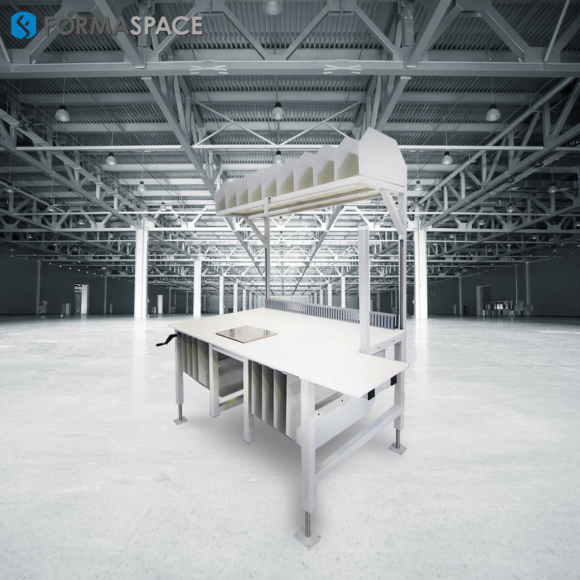
Increased Automation, including Drones and Automated Vehicles
We touched on using AI-based systems to increase logistics visibility and automation earlier. But there are more developments on the horizon. Drone shipping is expected to reach a critical mass this summer as Amazon and Alphabet (parent of Google) roll out drone deliveries across the country. One of the first clients will be Walgreen’s, which will use Alphabet’s Wing drones to test deliveries in the Dallas-Fort Worth area. But what about driverless trucks? There remains much doubt in the industry about this, but FedEx CEO Frederick Smith boasts that autonomous trucks are coming, and we should see them on the highways later this year.
Digital Products in the Metaverse
And finally, another potential long-term consequence of the increased cost of shipping is a renewed focus on digital products and services that can be delivered electronically. UPS is on board; they are applying for trademarks to sell virtual goods and services in the metaverse.
Are You Ready to Make Your Logistics Operations More Efficient? Formaspace Can Help.
Formaspace can help make your material handling, warehouse shipping, picking and packing, and distribution center operations more efficient.
Take a moment to contact your Formaspace Design Consultant today and find out how we can work together to solve your logistics challenges with efficient custom layouts, storage, and material handling infrastructure.





